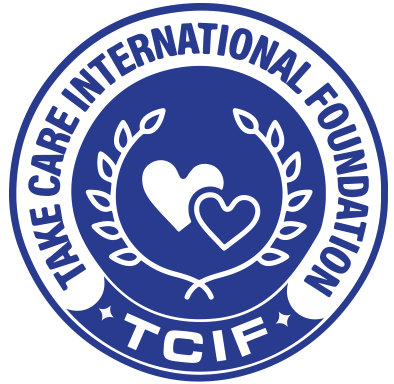While the term “budgeting” is often associated with the words “boring” or “restrictive,” we believe it’s past time to reclaim it. A budget isn’t about arbitrary restrictions when it’s done by following your basic principles. It’s actually about the polar opposite: liberty. By spending less on the ones that don’t, you may develop a financial surplus for the things that matter to you.
Here are three non-boring budgeting approaches that make budgeting (nearly) painless, whether you want to invest, save for trips, purchase your ideal property, or just update your wardrobe in 2022.
50/30/20 Method
The 50/30/30 budgeting system is a tried-and-true budgeting system. According to Inc’s budgeting advice, all you have to do is figure out how much money you make in a single month, after taxes. Then put aside half of the money for necessities such as rent, food, and transportation. Another 30% will be spent on desires such as shopping, dining out, and amusement. The remaining 20% is allocated to savings, investments, or debt repayment. The 50/30/20 strategy works because it prioritizes expenditure based on the most pressing needs. The 50/30/20 is simple for novices to learn because there are only three categories to keep track of.
The 50/30/20 approach, on the other hand, isn’t for everyone. Saving money may be difficult for someone whose salary is low in comparison to the cost of necessities.
Always assess your position before deciding on the percentages you can allot to each category of spending.
Pay yourself first
The practice of paying oneself first is known as a “reverse budgeting method.” Rather than saving based on your current costs, you budget based on your financial objectives. To begin, determine how much you spend each month. Then, decide on your savings objectives. Decide how much you can afford to set aside once you’ve found out both. To make this method work, you’ll need to set aside a reasonable amount of money for savings. Saving might be harmful to your health if you compromise your current needs and goals to achieve an overly ambitious financial objective.
If your living expenses are high, it’s typically best to first make a budget for necessities and wants, then figure out how much to save depending on what’s left.
It just takes a few little measures to make a significant difference in your financial management. By using a budgeting method that is appropriate for your situation, you can simply increase your bank balance while shattering your financial goals.
The Cash Envelope Method
The cash envelope approach helps you see how much money you have available for each spending category. To begin, make a list of all of the many items you spend money on each month. Then, for each category, make and label a physical envelope. Rent, health, gas, and food are all common categories. Once all of the envelopes have been labeled, fill each envelope with a specific amount of cash from your monthly income. When you need to spend money on a specific category, you can only utilize cash from that category’s envelope. You can always have enough money for what you need by being precise about how much you spend in every category.
The cash envelope approach has the disadvantage of being difficult to keep track of. Fortunately, according to an “AskMoney” piece on how to balance a budget, there are a variety of software applications available that may help you speed the process, especially if you don’t want to use actual currency. An app like “You Need a Budget” may assist you in actively managing your expenditures by allocating every dollar of your income. “Pocketguard” is another option, which you may use to either automatically classify each cost or manually establish spending categories.





